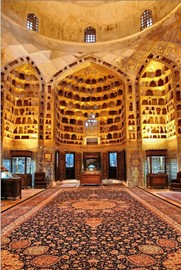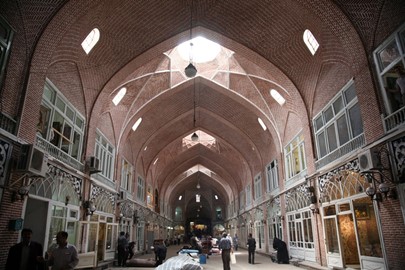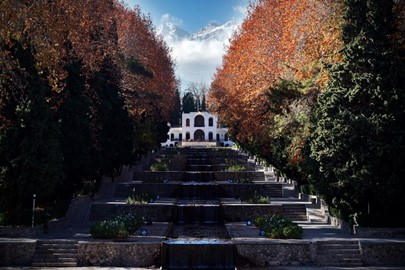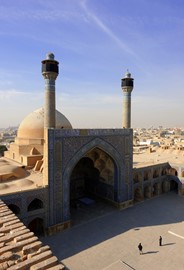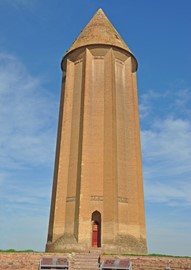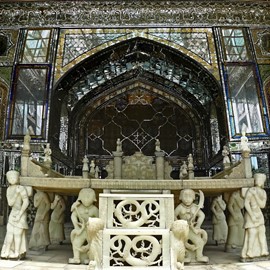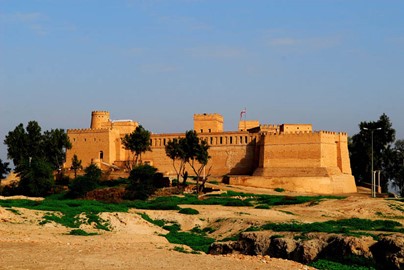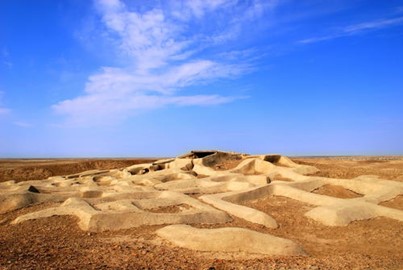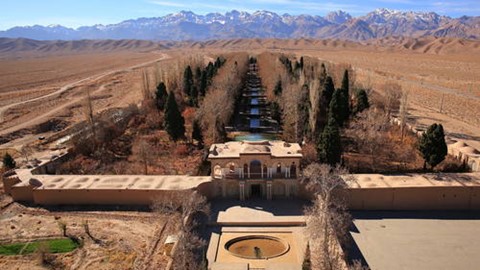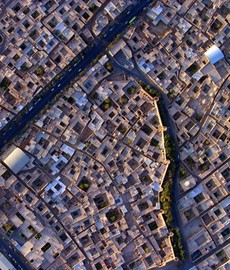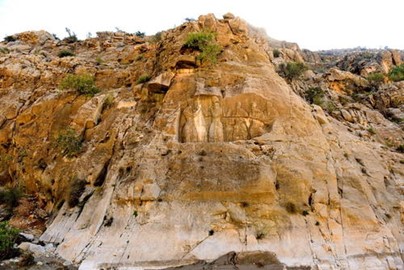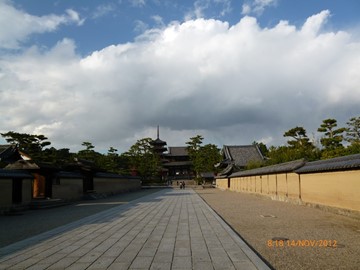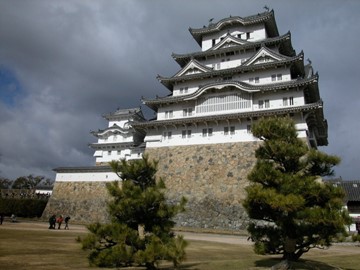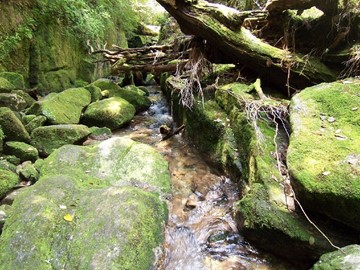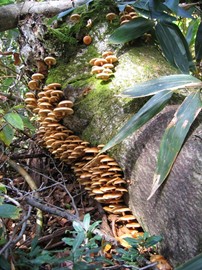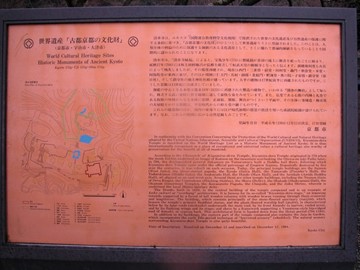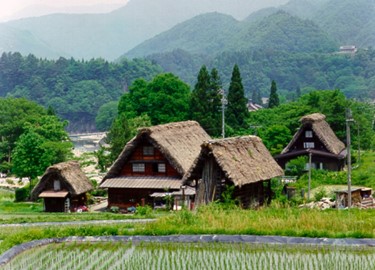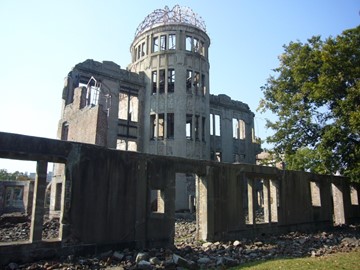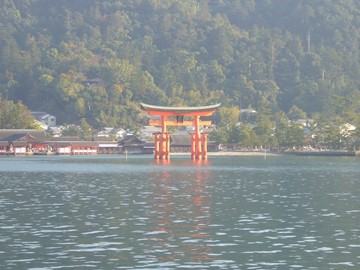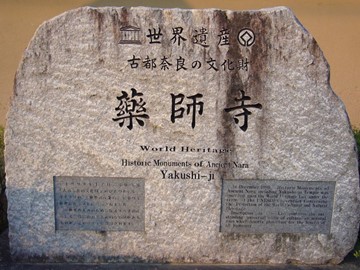region :: asia and the pacific
Shushtar
The Shushtar Historical Hydraulic System, a UNESCO World Heritage site in Iran, is an ancient engineering marvel featuring a network of canals, tunnels, and watermills. Built during the Sassanid era, this intricate system diverts river water to irrigate agricultural lands and power mills, showcasing exceptional ingenuity. Its well-preserved structures, including bridges and waterfalls, highlight its historical and technical significance as a testament to Persian hydraulic expertise.
Ardabil
Ardabil, a UNESCO World Heritage site in Iran, is renowned for the Sheikh Safi al-Din Khānegāh and Shrine Ensemble, a masterpiece of Persian architecture and Sufi heritage. This historic complex features intricate tile work, ornate domes, and a serene courtyard, reflecting its role as a spiritual and cultural center since the 14th century. It exemplifies the artistic and religious traditions of the Safavid dynasty, drawing visitors to its well-preserved monuments and tranquil ambiance.
Tabriz Bazaar
The Tabriz Bazaar, a UNESCO World Heritage site in Iran, is a historic trading hub renowned for its vast network of covered brick structures and vibrant commercial legacy. This sprawling marketplace features intricately designed caravanserais, domed halls, and specialized sections for crafts like carpet weaving, reflecting centuries of Persian mercantile culture. Its enduring role as a key Silk Road junction highlights its architectural and economic significance.
Persian Garden
The Persian Garden, a UNESCO World Heritage site in Iran, exemplifies a timeless design of landscaped gardens that blend natural beauty with architectural elegance. Featuring symmetrical layouts, water channels, fountains, and lush vegetation, these gardens symbolize paradise in Persian culture and have influenced garden design worldwide. Recognized for their historical and aesthetic value, they reflect ancient engineering and an enduring reverence for nature.
Masjed e Jamé
The Masjed-e Jāmé of Isfahan, a UNESCO World Heritage site in Iran, is an architectural masterpiece showcasing the evolution of Persian mosque design. This grand congregational mosque features intricate tilework, soaring domes, and expansive courtyards, reflecting centuries of Islamic art and engineering from the 8th to the 17th centuries. Renowned for its historical and cultural value, it stands as a testament to the ingenuity and aesthetic brilliance of its builders.
Gonbad e Qabus
Gonbad-e Qabus, a UNESCO World Heritage site in Iran, is an extraordinary 11th-century brick tower renowned for its architectural brilliance and historical significance. This 53-meter-tall mausoleum, built for the Ziyarid ruler Qabus ibn Wushmgir, features a conical roof and intricate geometric design, exemplifying early Islamic engineering. Set against a striking natural backdrop, it stands as a testament to Persian cultural heritage and ingenuity.
Golestan Palace
Golestan Palace, a UNESCO World Heritage site in Iran, is a stunning royal complex showcasing Persian architectural brilliance and opulence. This historic site features ornate tilework, mirrored halls, and elegant gardens, reflecting the grandeur of the Qajar dynasty. Recognized for its cultural value, it blends traditional design with European influences, offering a glimpse into Iran’s royal heritage.
Susa
Susa, a UNESCO World Heritage site in Iran, is an ancient city renowned for its archaeological significance, spanning multiple civilizations from the Elamite to the Persian periods. It features remnants of grand palaces, a ziggurat, and intricate artifacts that highlight its role as a political and cultural hub. This site exemplifies thousands of years of urban development and historical continuity in a strategic desert region.
Shahr i Sokhta
Shahr-i Sokhta, a UNESCO World Heritage site in Iran, is an ancient Bronze Age city renowned for its archaeological significance. This well-preserved desert settlement features mud-brick structures, intricate artifacts, and evidence of early urban planning, including a necropolis with diverse burial practices. It highlights advanced craftsmanship and trade networks from over 5,000 years ago, offering insights into one of the region's earliest civilizations.
Maymand
Maymand, a UNESCO World Heritage site in Iran, is an ancient troglodyte village renowned for its rock-carved dwellings and enduring cultural traditions. Nestled in a rugged landscape, this living heritage site features hand-dug cave homes, some inhabited for over 3,000 years, alongside seasonal settlements and traditional pastoral practices. It exemplifies human resilience and adaptation to a harsh environment, preserving a unique way of life.
Lut Desert
The Lut Desert, a UNESCO World Heritage site in Iran, is a striking natural wonder renowned for its extreme heat and unique geological formations. This vast desert features towering sand dunes, dramatic yardangs sculpted by wind erosion, and one of the hottest land surfaces on Earth. Its otherworldly landscape highlights the beauty and resilience of life in harsh arid conditions, earning it global recognition for its scientific and aesthetic value.
Persian Qanat
The Persian Qanat, a UNESCO World Heritage site in Iran, represents an ancient engineering marvel designed to harness underground water in arid regions. This sustainable irrigation system features a network of gently sloping tunnels, vertical shafts, and surface channels that distribute water to fields and settlements. Recognized for its historical and cultural value, it highlights traditional Persian ingenuity in water management and adaptation to challenging environments.
Yazd
The Historic City of Yazd, a UNESCO World Heritage site in Iran, is renowned for its ancient desert architecture and innovative adaptation to a harsh climate. This well-preserved urban center features a maze of mud-brick buildings, wind towers (badgirs) for natural cooling, and an extensive qanat water system. Its cultural significance lies in its testament to sustainable living and traditional craftsmanship in an arid region.
Sassanid
The Sassanid Archaeological Landscape, a UNESCO World Heritage site in Iran, preserves an exceptional collection of monumental structures from the Sassanid Empire (3rd–7th centuries CE). This site features ancient palaces, fortifications, and rock reliefs that highlight the empire’s architectural prowess and artistic heritage. It exemplifies the Sassanid influence on urban planning and engineering in a strategic historical context.
Horyu ji
The Buddhist Monuments in the Horyu-ji Area, a UNESCO World Heritage site in Japan, represent one of the oldest surviving wooden architectural ensembles in the world, dating back to the 7th and 8th centuries. This collection includes the Horyu-ji temple and its pagoda, showcasing early Buddhist art and architecture influenced by Chinese and Korean styles. Recognized for its historical and cultural value, it offers insight into the spread of Buddhism and its impact on Japanese civilization.
Himeji jo
Himeji-jo, a UNESCO World Heritage site in Japan, is an exemplary masterpiece of traditional Japanese castle architecture. Known as the 'White Heron Castle' for its elegant, white-plastered walls, this well-preserved feudal-era fortress features an intricate defensive design with multiple towers, gates, and moats. Its historical and cultural significance lies in its representation of samurai-era engineering and aesthetics, offering insight into Japan’s medieval past.
Yakushima
Yakushima, a UNESCO World Heritage site in Japan, is renowned for its ancient cedar forests and unique subtropical ecosystem. This lush island features towering, moss-covered trees, some over 1,000 years old, thriving in a rugged, mountainous landscape. Its exceptional biodiversity and natural beauty, including rare flora and fauna, highlight its global significance as a pristine ecological treasure.
Shirakami Sanchi
Shirakami-Sanchi, a UNESCO World Heritage site in Japan, is a pristine expanse of ancient beech forest renowned for its rich biodiversity and untouched natural beauty. This mountainous region harbors a diverse ecosystem, including rare species like the Japanese black bear and the golden eagle, thriving amid dense woodlands. Its cultural and ecological value lies in its representation of the last remaining virgin beech forests in East Asia, offering a window into the region's natural heritage.
Kyoto, Uji and Otsu
The Historic Monuments of Ancient Kyoto, a UNESCO World Heritage site in Japan, encompass a collection of temples, shrines, and palaces that exemplify the architectural and cultural brilliance of Japan’s former imperial capital. Highlights include the serene Kinkaku-ji (Golden Pavilion), the expansive Nijo Castle, and the sacred Fushimi Inari Shrine, known for its iconic red torii gates. Recognized for their historical and aesthetic value, these landmarks reflect centuries of Buddhist and Shinto traditions ... Read More
Shirakawa go and Gokayama
Shirakawa-go and Gokayama, a UNESCO World Heritage site in Japan, are renowned for their historic gassho-zukuri farmhouses, characterized by steeply pitched thatched roofs designed to withstand heavy snowfall. These well-preserved villages exemplify traditional rural life and sustainable architecture, blending harmoniously with the surrounding mountainous landscape. Recognized for their cultural value, they offer a glimpse into Japan’s historical ingenuity and community resilience.
Hiroshima Peace Memorial
The Hiroshima Peace Memorial, a UNESCO World Heritage site in Japan, stands as a poignant symbol of peace and resilience. Known as the Atomic Bomb Dome, this preserved ruin is the only structure left near the hypocenter of the 1945 atomic blast, showcasing the devastating impact of nuclear warfare. Surrounded by a memorial park, it honors the victims and promotes global disarmament.
Itsukushima
Itsukushima Shinto Shrine, a UNESCO World Heritage site in Japan, is an iconic spiritual landmark renowned for its 'floating' torii gate, which appears to rise from the sea during high tide. This sacred complex, dedicated to the Shinto deities of the sea, features elegant wooden structures harmoniously blending with the natural landscape. Celebrated for its architectural beauty and cultural significance, it exemplifies Japan’s historical reverence for nature and spirituality.
Nara
Ancient Nara, a UNESCO World Heritage site in Japan, is a historic city renowned for its well-preserved temples, shrines, and archaeological treasures from the 8th century, when it served as the country’s first permanent capital. Key landmarks include the grand Todai-ji Temple, housing a massive bronze Buddha, and the sacred Kasuga-taisha Shrine with its iconic lanterns. This cultural landscape exemplifies early Japanese urban planning and Buddhist heritage, offering insight into a pivotal era of the nation... Read More
Nikko
The Shrines and Temples of Nikko, a UNESCO World Heritage site in Japan, exemplify a harmonious blend of Shinto and Buddhist architecture set amid a natural landscape. This sacred complex includes the ornate Toshogu Shrine, dedicated to Tokugawa Ieyasu, featuring intricate wood carvings and vibrant decorations. Renowned for its cultural and spiritual importance, it reflects centuries of religious tradition and artistic mastery.
Gusuku Sites
The Gusuku Sites, a UNESCO World Heritage site in Japan, represent a unique collection of castles, sacred sites, and archaeological remains from the Ryukyu Kingdom. These stone-walled fortresses, including the iconic Shuri Castle, highlight a distinctive blend of Japanese and Chinese architectural influences. Recognized for their historical and cultural value, they illustrate the kingdom’s medieval social structure and spiritual traditions.

